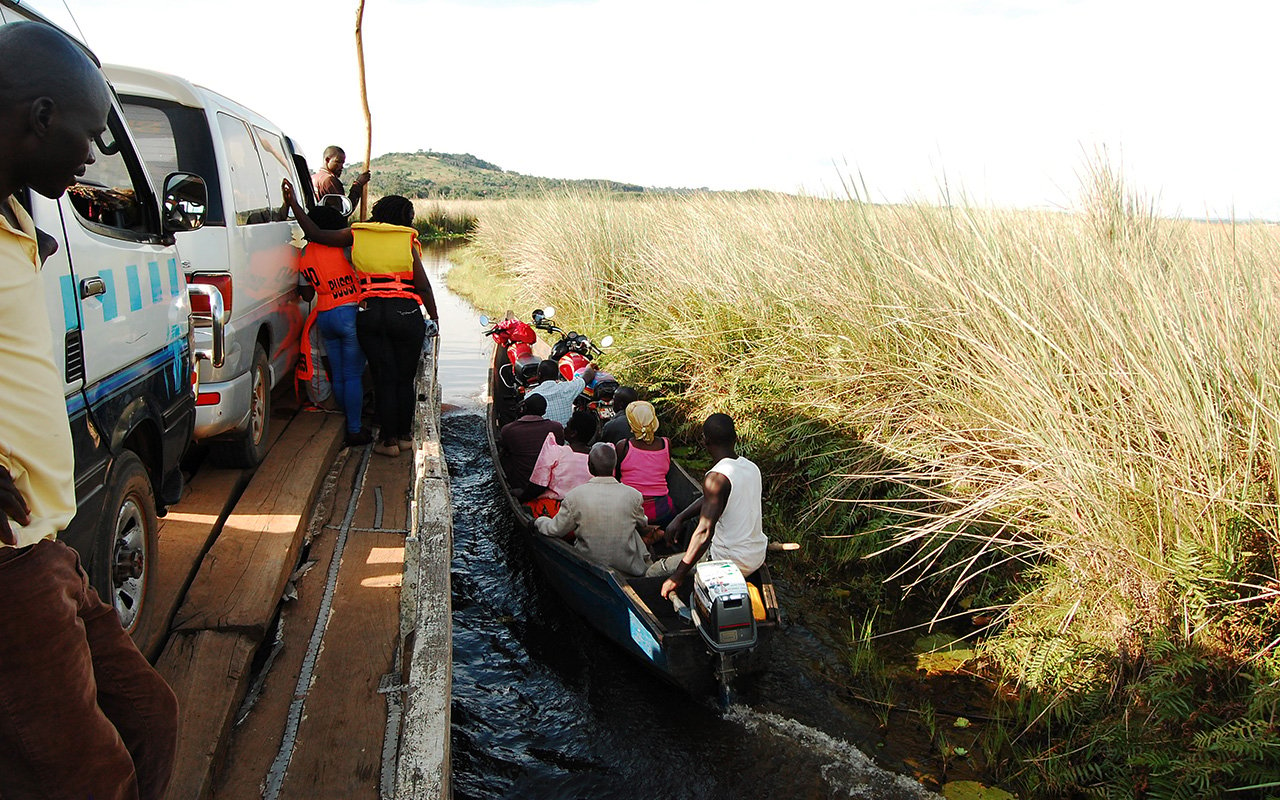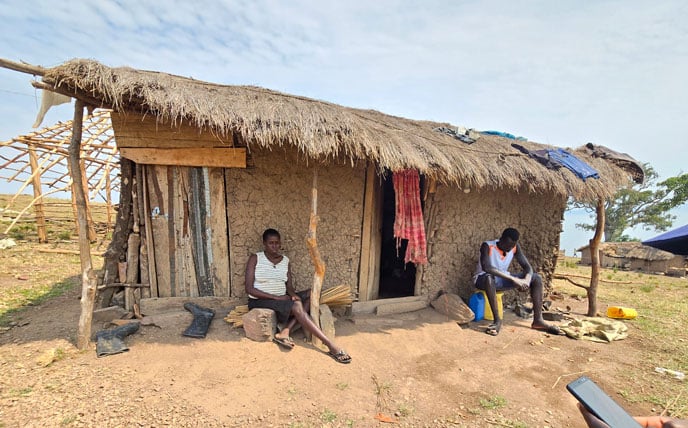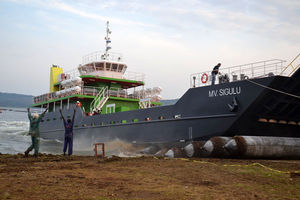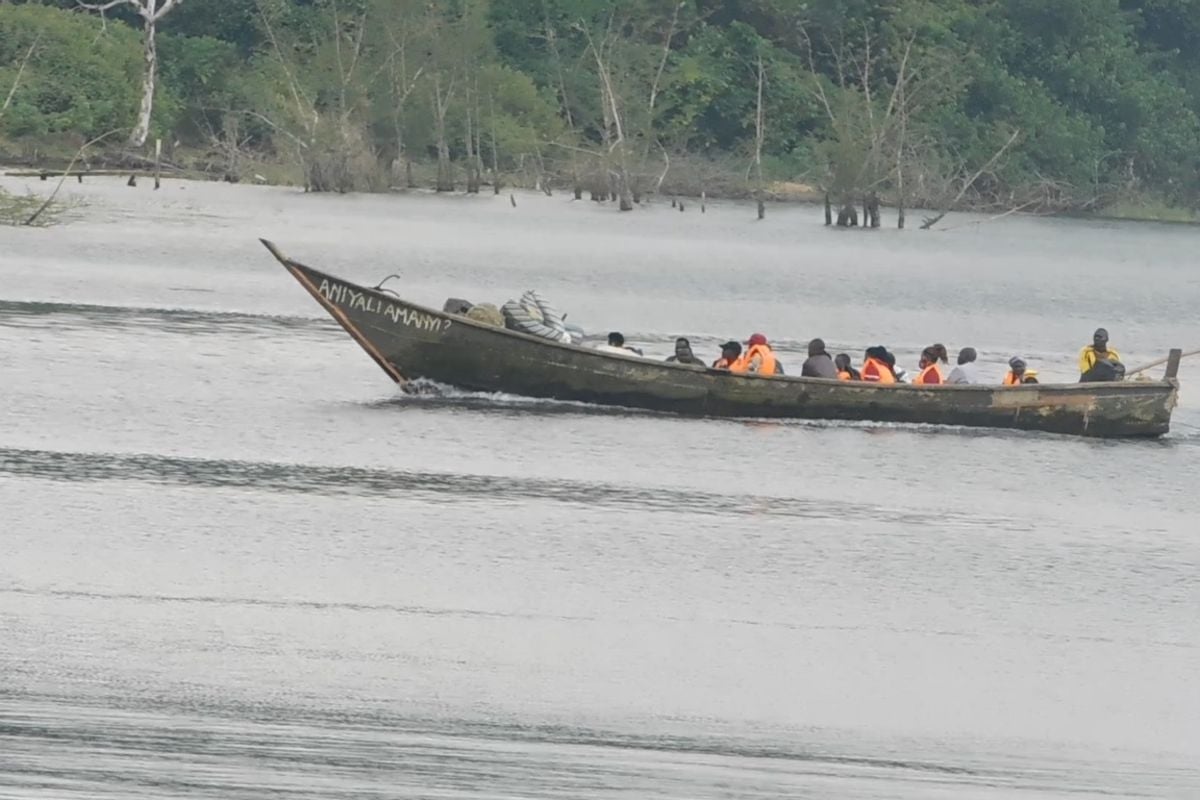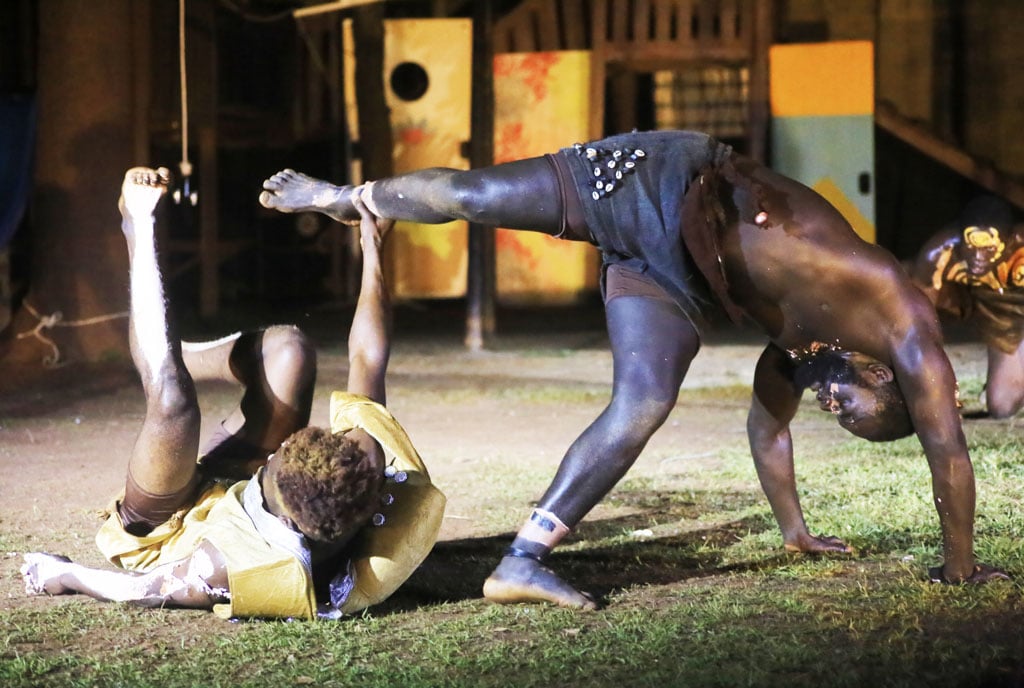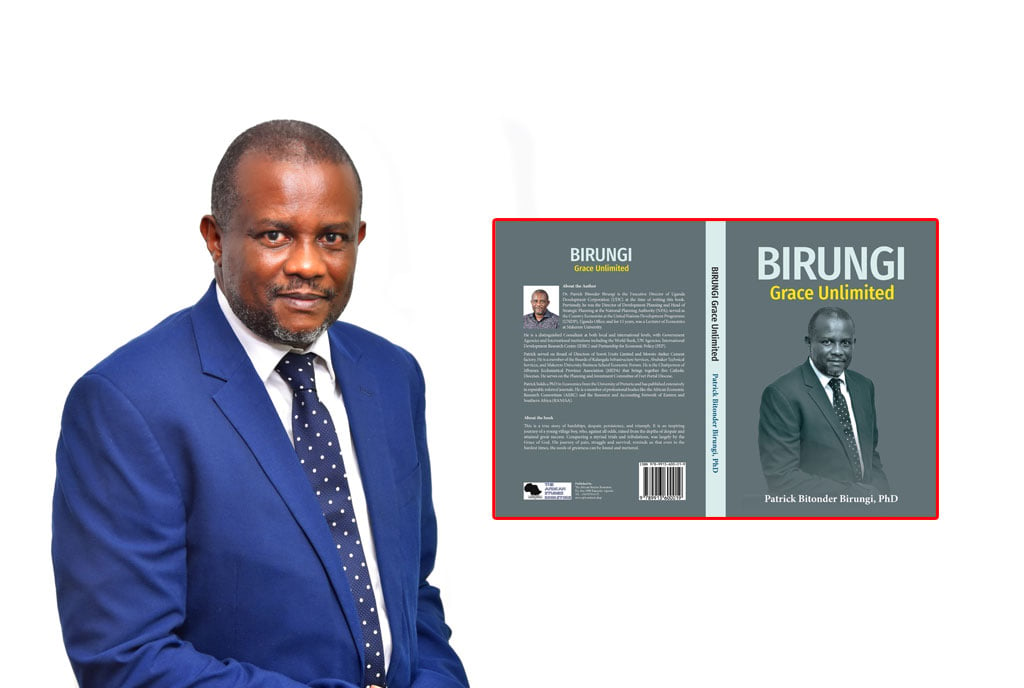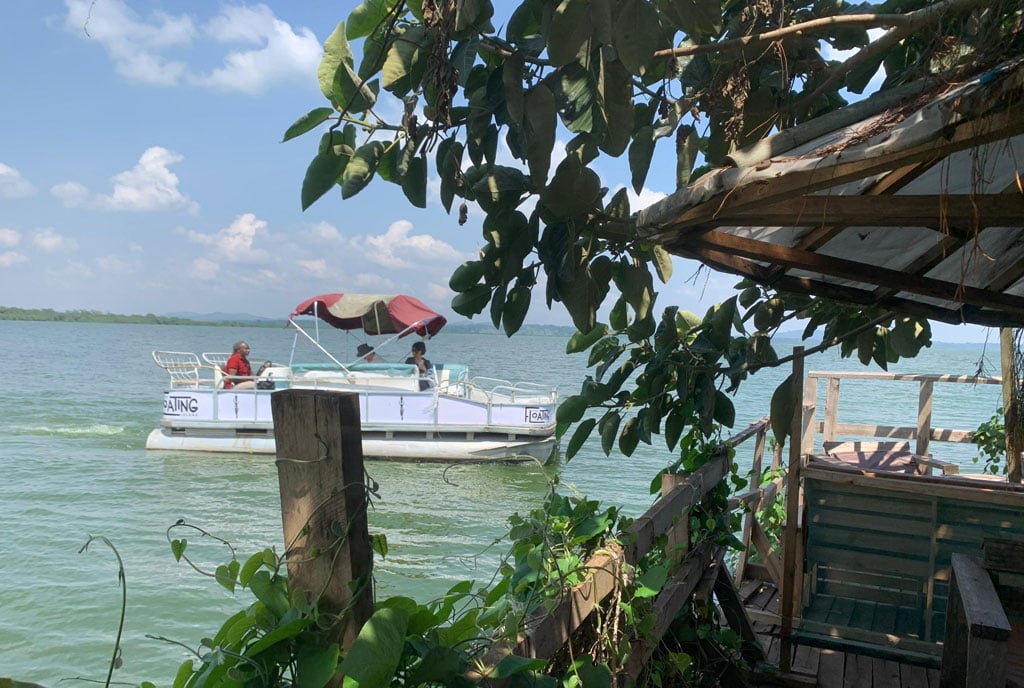
On any other day, James Kateeba could pass off as ‘any other rastaman’ hanging around the shores of Lake Victoria.
But then, the grey dreadlocks he spots will distinguish him from any other rastaman you will find hanging around the Floating Island, a hidden gem found on Peninsula Crescent, Luzira.
Kateeba is the brains behind the island. A wooden two-storey vessel sitting on tonnes of plastic bottles.
Upon request, the island is set free, to float about 150 metres into Africa’s biggest lake. Restaurant, bar, toilets, fig-trees, climbing plants – everything goes with the about 120 revellers, to enjoy the lake’s tranquility.
Officially opened to the public in May 2017 after seven months of construction, Kateeba says the Floating Island started as an environmental project to clean up the waste – plastic bottles - that often floated on and choked the lake.
“The idea was borrowed from a fishing community on Lake Kyoga that used bamboo rafts because bamboo has air pockets that aid floating. Then, in the 1950s, the fishermen used the rafts and went fishing for months guided by wind. This is almost the same idea. As for us, we started with the need to clean the lake. We were trying to solve the problem of pollution on Lake Victoria,” Kateeba says.
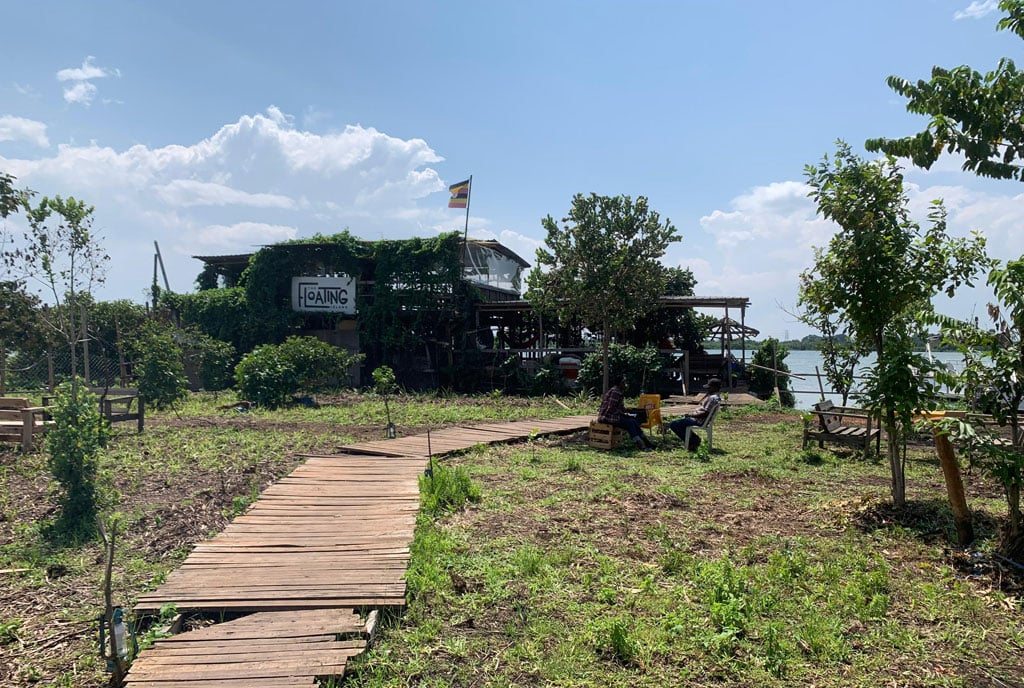
The drinks, food, and entertainment were introduced later when community members requested them.
Together with locals, the tourism enthusiast collected over 600,000 plastic bottles,” Kateeba says.
The airtight plastic bottles were then placed in fishing nets on which the vessel was built. The bottles are buoyant enough to hold the over 30 tonnes that sit on them.
According to Kateeba, they then added some layers of papyrus, soil, and some other vegetation found along the lake shores.
“By doing that, we tried to pick out a lot from the lake and make use of the waste by building the vessel and growing vegetation on it. As the roots of the plants grow in search of water, they give the vessel stability and hold it together,” he says, adding that the idea, probably the first of its kind in East Africa, was to create something out of the ordinary since the lake has a lot of waste that goes into it.
“By giving plastic a second chance, we ensured that nothing went to waste. This way, the lake is free of clogging while the aquatic life breathes again.’
Keeping safe
Kateeba says the vessel was built in a way that it absorbs the waves.
“Bottles are not like land so they help keep us afloat. Also, the vegetation around helps in safeguarding lives and property,” he says.
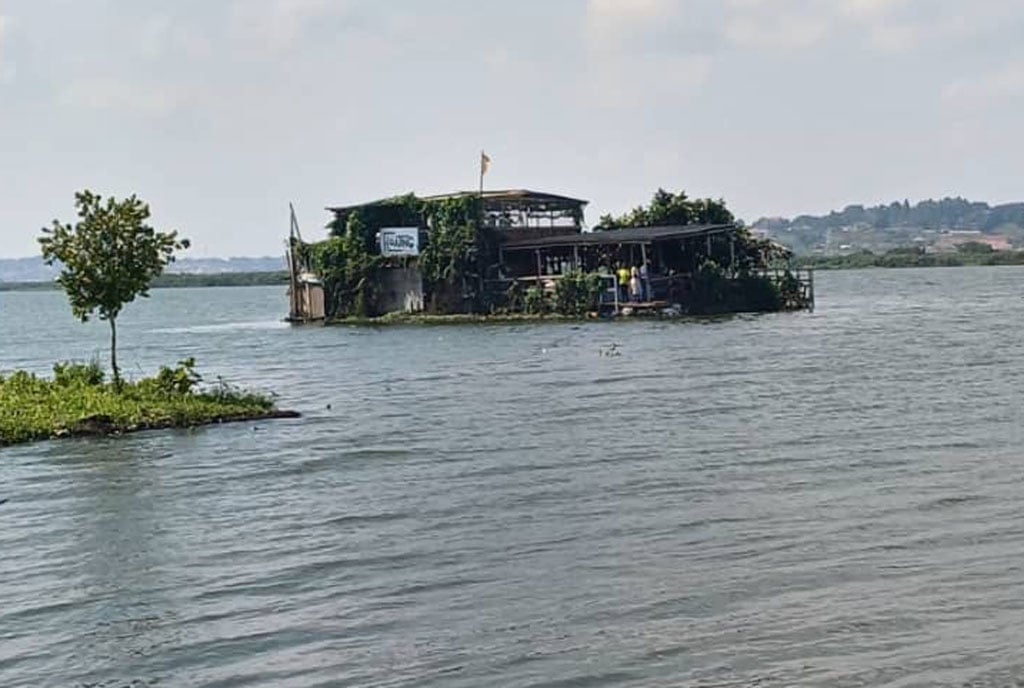
The Floating Island in Luzira is an interesting innovation. PHOTO/HILDA NAMULWANA
The vessel is anchored on the mainland using ropes. Here, revellers enjoy bites and drinks from its expansive menu. Some choose to sit on the mainland, a 2600 square metre mass of floating land that you will feel bouncing.
When the water levels increase, the land moves up with it. The same applies to the vessel so the island is not affected by the water levels at all.
Other revellers walk straight to the vessel and opt to sit either on the first floor or the top deck. The first floor has a kitchen, a bar, and toilets. The top deck is a little smaller and cosier.
Upon prior request and a fee, the ropes anchoring it are untied to enable the vessel to flow with the water current into the lake – as far as the rope can stretch - where it spends about two hours. Sometimes it’s dragged by a boat to any location of the revellers’ choice.
“The plants that cover the sides give it a natural feel,” Kateeba, a lover of art and the outdoors, says.
From the mainland, the vessel looks like a rock covered in green, the Uganda flag flapping majestically on top of it.
When the excursion is done, the vessel is manually guided back onto the mainland by pulling the rope.
It is then re-anchored to enable the revellers to disembark onto the mainland or stay on to enjoy the fun. Occasionally, divers will jump underneath it to check how it is holding up.
“We have established we have fish at the bottom of the vessel and some fishermen cast their nets around here and then sell us the fish. It is a habitat for catfish, lungfish, and some tilapia which breed under here. We are trying to balance our operations so as not to disrupt the natural habitat of the lake,” he says.
Community engagement
“Across from where Floating Island docks, lies Senene Island. Some of its inhabitants deliver fish, pineapples, and cassava that end up on our client’s menus,” Kateeba says.
“We also help them with transportation for free.”
During the lockdown, Kateeba donated one of his speed boats to members of the community to ease transportation. Unfortunately, they could not maintain it and itended up damaged.
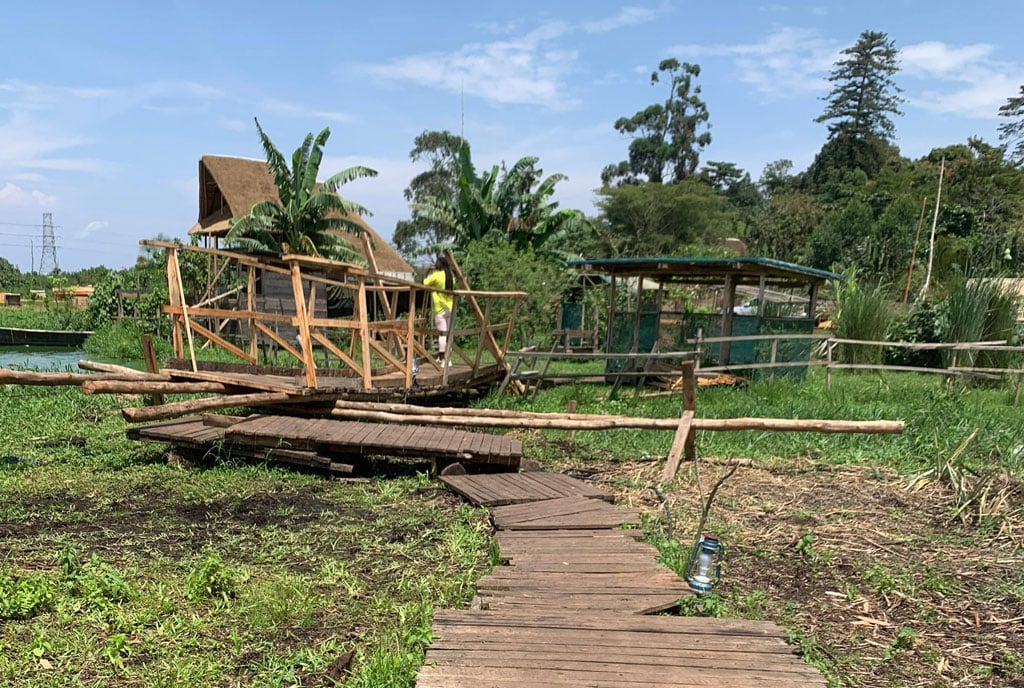
On average, about 100 people visit the Floating Island. This gives Kateeba a chance to meet and talk to them one-on-one about living responsibly and how to dispose of waste plastic in a way that won’t damage the environment.
Plans
According to Kateeba, they run waste management just like any other boat with a holding tank. When the tank fills up, a truck is brought in to empty it.
“When the finances get better, we want to be able to clean the waste naturally for both black and grey water,” he says.
Kateeba also wants to improve it or build a better one.
“We keep researching to make it better, and once in a while, we consult to be conversant with the latest trends.”
Fun fact
One stormy night, the vessel’s rope snapped and it floated away with some occupants and ended up in Ggaba. The next day when the weather stabilised, it was dragged back by boat.
“It was amazing that it came back in one piece,” he says.
That day, the angry lake destroyed some houses in the neighbourhood and uprooted Botanical Garden trees.
